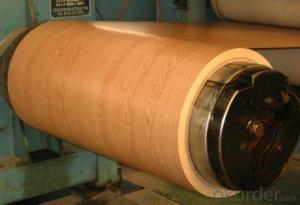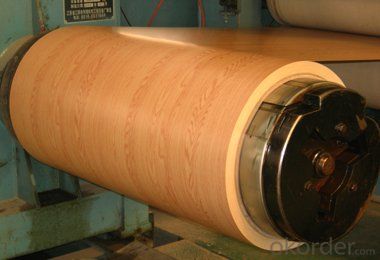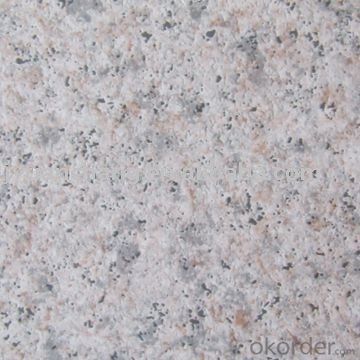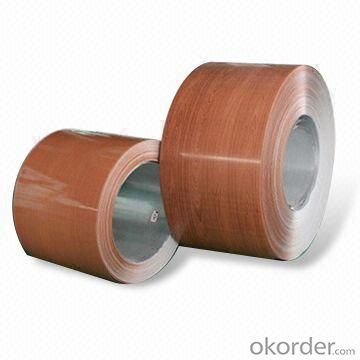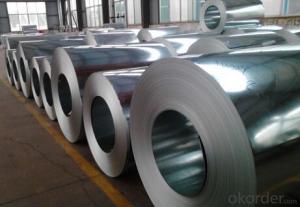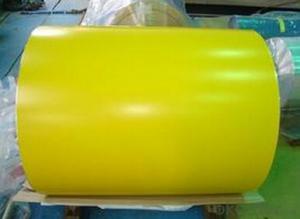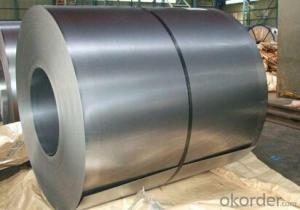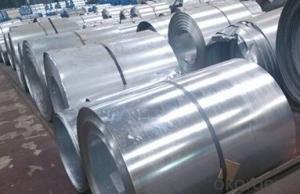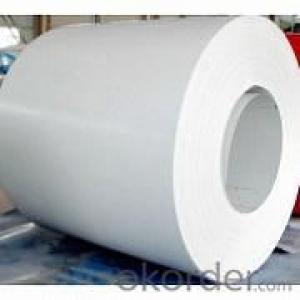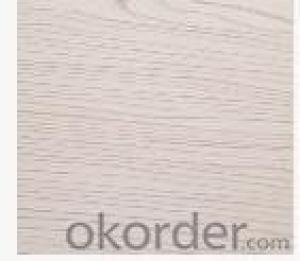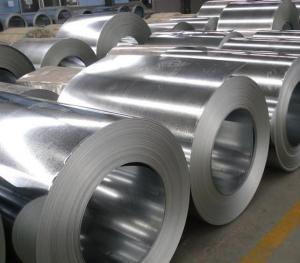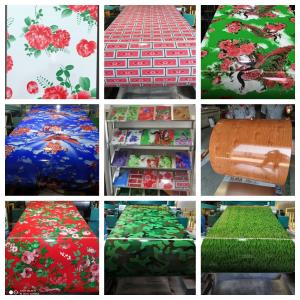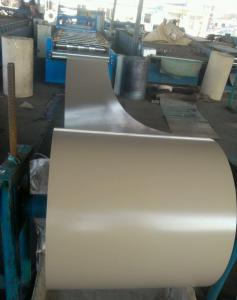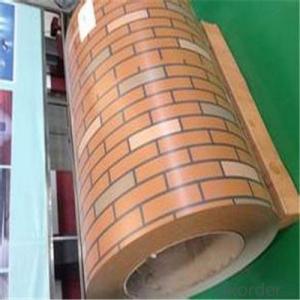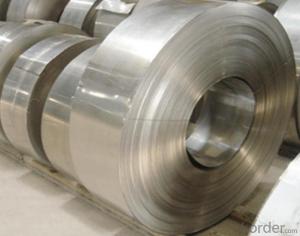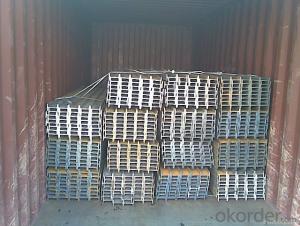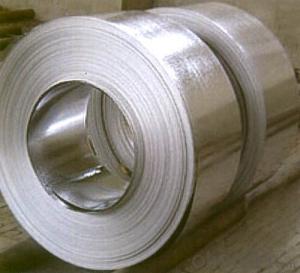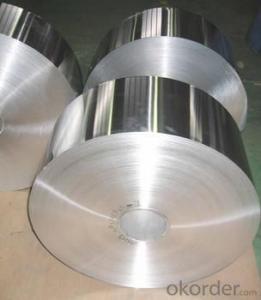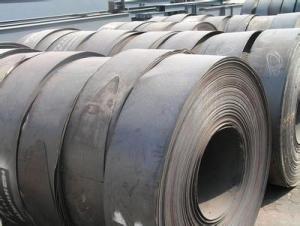Marble pattern PPGI PPGL Color coated steel coils
- Loading Port:
- Shanghai
- Payment Terms:
- TT OR LC
- Min Order Qty:
- 50 m.t.
- Supply Capability:
- 100000 m.t./month
OKorder Service Pledge
OKorder Financial Service
You Might Also Like
colour coated steel
painting colour steel , zinc coated steel , lead coated steel
Standard: | AISI,ASTM,BS,DIN,GB,JIS | Grade: | DX51D,SGCC,SPCC,CGCC | Thickness: | 0.17-1.5mm |
Place of Origin: | Taian China (Mainland) | Brand Name: | HengJi | Model Number: | HJ |
Type: | Steel Coil | Technique: | Cold Rolled | Surface Treatment: | RAL color cremated, oiled, skin passed |
Application: |
building metal roofing components,house appliance | Width: | 914-1250mm | Length: | customized |
price: | favorable price | Our Customers | Steel force, Stemcor, Duferco, Samsung , G&G,Hyosung,CNBM |
Packaging & Delivery
Packaging Detail: | standard export packing or customized |
Delivery Detail: | 15 days after prepayment |
Specifications:
galvanized steel coil:
1.Thickness:0.17mm-1.5mm
2.Zinc coated:40g-275g/2
3.Standard:dx51d+z,sgcc
We manufacture Galvanized Steel Coils,Pre-painted Galvanized Steel Coils , etc
Prepainted steel coil features:
1. Zinc coating :40-120g(as reauired)
2. thickness:0.17-1.2mm
3. width:914-1250mm(900mm,1215mm,1250mm,1000mm the most common)
4. coil id:508m610mm
5. coil weight: 3-12(as required)
6. surface treatment:RAL color
Galvanized steel coil features:
1. Zinc coating :40-275g( as required)
2. thickness:0.17-1.2mm
3. width:914-1250mm(900mm,1215mm,1250mm,1000mm the most common)
4. coil id:508m610mm
5. coil weight: 3-12(as required)
6. surface treatment: cremated, oiled, skin passed
7. Spangle: regular,small, zero
8.Application: With excellent cold bending molded manufacturablity, good decoration effect, strong anti-corrosion ability, galvanized steel coils and sheets are also pollution-free and easily recycled. Accordingly, they can be used as final products and basic plates of color coated steel coils and widely applied in construction, home appliances, decoration, ect.
Product name | steel coil,galvanized steel,galvanized steel coil |
Material | DX51D, SGCC, SPCC, CGCC, DX51D |
Normal thickness | 0.17-1.2mm |
Normal width | 900mm,914mm, 1000mm, 1200mm, 1220mm, 1250mm |
Coil weight | 3-12ns |
Certificate | BV & SGS |
Original | Shandong,China |
Payment terms | L/C or T/T |
Delivery time | within 15 ~ 25 days after 30% prepayment |
- Q: Can steel strips be used in the manufacturing of cutting tools?
- Yes, steel strips can be used in the manufacturing of cutting tools. Steel strips are often used as the base material for cutting tool blades due to their high strength, durability, and ability to hold a sharp edge. The steel strips can be hardened and tempered to achieve the desired hardness and toughness required for various cutting applications.
- Q: How are steel strips used in the production of fasteners?
- Steel strips are commonly used in the production of fasteners due to their durability and strength. Fasteners, such as screws, nails, bolts, and rivets, require a sturdy material that can securely hold objects together. Steel strips provide the necessary strength and resilience to withstand the pressure and tension often experienced by fasteners. In the production process, steel strips are typically cut into smaller pieces and shaped into the desired form for the specific type of fastener being manufactured. For example, screws require a threaded section for secure fastening, while nails are typically straight with a pointed end. The steel strips are then often subjected to various treatments to enhance their properties. Heat treatment, for instance, can improve the hardness and resilience of the steel, making it more resistant to deformation and wear. Coating the steel strips with materials like zinc or chromium can also enhance their corrosion resistance, which is crucial for fasteners as they are often exposed to harsh environmental conditions. Once the steel strips are properly shaped and treated, they go through a fabrication process to form the final fastener. This may involve processes such as cold forging, where the steel strip is pressed into the desired shape using extreme pressure. Cold heading, another common technique, is used to form the head of a screw or bolt. Overall, steel strips play a vital role in the production of fasteners by providing the necessary strength, durability, and versatility required for a wide range of applications. Their ability to withstand high levels of stress and resist corrosion makes steel strips an ideal material choice for fastener production, ensuring the reliability and longevity of the final product.
- Q: How are steel strips used in the production of wind turbines?
- Steel strips are used in the production of wind turbines to create the structural components of the turbine, such as the tower and the blades. These strips are typically rolled into specific shapes and sizes to provide strength and stability to the turbine structure, ensuring its durability and ability to withstand harsh weather conditions.
- Q: Are steel strips suitable for the manufacturing of oil and gas pipelines?
- Yes, steel strips are suitable for the manufacturing of oil and gas pipelines. Steel is known for its high strength, durability, and resistance to corrosion, making it an ideal material for pipelines in the oil and gas industry. Additionally, steel strips can be easily formed into the required shape and size, allowing for efficient and cost-effective production of pipelines.
- Q: What is the typical width tolerance for steel strips?
- The typical width tolerance for steel strips is typically around ±0.005 to ±0.020 inches, depending on the specific manufacturing standards and requirements.
- Q: Can steel strips be used in furniture manufacturing?
- Yes, steel strips can be used in furniture manufacturing. They are commonly used for structural support, reinforcement, and decorative purposes in various types of furniture such as tables, chairs, and shelving units. Steel strips offer strength, durability, and versatility, making them suitable for creating modern and industrial-style furniture designs.
- Q: What are the factors that affect the cost of steel strips?
- The factors that affect the cost of steel strips include the current demand and supply of steel, the cost of raw materials used in steel production, the level of competition in the steel industry, fluctuations in currency exchange rates, transportation and logistics costs, and government regulations and tariffs. Additionally, factors such as energy costs, labor wages, and technological advancements in the steel manufacturing process can also influence the overall cost of steel strips.
- Q: How are steel strips used in the production of metal gates?
- Due to their strength, durability, and versatility, steel strips are commonly employed in the manufacture of metal gates. These thin, flat steel pieces are typically cut into specific lengths and widths to match the desired gate dimensions. One of the primary applications of steel strips in gate production involves constructing the gate frame. The strips are frequently bent or welded together to form a rigid and sturdy framework, which ensures the gate possesses structural integrity. The strength of the steel strips guarantees that the gate can withstand external forces and remain stable over time. Steel strips are also utilized in the production of gate panels, which are the visible part of the gate. These panels can be designed in various patterns, styles, or even incorporate decorative elements. By cutting and shaping steel strips, the desired patterns or designs are achieved, resulting in a visually appealing and aesthetically pleasing gate. Moreover, steel strips are employed to reinforce the gate, particularly in areas that are prone to high levels of stress or impact. By strategically placing steel strips within the gate structure, such as at the corners or along the edges, the gate becomes more resistant to bending or warping. This reinforcement helps maintain the overall shape and functionality of the gate, thereby increasing its longevity and durability. In addition, steel strips are frequently used to connect various components of the gate. They can serve as connectors, hinges, or brackets, ensuring that all parts of the gate are securely held in place. This enhances the overall stability and functionality of the gate, enabling it to open and close smoothly. To summarize, steel strips play an indispensable role in the production of metal gates by providing strength, durability, and stability. They are employed in creating the gate frame, panels, reinforcement, and as connectors, ultimately contributing to the finished product's overall quality.
- Q: How do steel strips compare to copper alloy strips?
- Steel strips and copper alloy strips have several differences and similarities. Steel strips are made primarily of iron and carbon, while copper alloy strips are predominantly composed of copper with the addition of other elements like zinc, nickel, or tin. In terms of strength and durability, steel strips are generally stronger and more resistant to wear and tear compared to copper alloy strips. They can withstand higher temperatures and have a higher tensile strength, making them suitable for applications that require high strength and structural stability. On the other hand, copper alloy strips have excellent electrical and thermal conductivity, which makes them ideal for electronic and heat transfer applications. They also possess good corrosion resistance, especially when combined with other elements, making them suitable for environments with high moisture or chemical exposure. Cost-wise, steel strips are usually less expensive than copper alloy strips due to the availability and lower cost of iron compared to copper and other alloying elements. Ultimately, the choice between steel strips and copper alloy strips depends on the specific application requirements, such as strength, conductivity, corrosion resistance, and cost considerations.
- Q: Can steel strips be used in the production of metal fences?
- Yes, steel strips can be used in the production of metal fences. Steel strips are commonly used to construct the frame and panels of metal fences due to their strength, durability, and resistance to corrosion. They provide the necessary support and stability to the fence structure, ensuring its longevity and security.
Send your message to us
Marble pattern PPGI PPGL Color coated steel coils
- Loading Port:
- Shanghai
- Payment Terms:
- TT OR LC
- Min Order Qty:
- 50 m.t.
- Supply Capability:
- 100000 m.t./month
OKorder Service Pledge
OKorder Financial Service
Similar products
Hot products
Hot Searches
Related keywords
